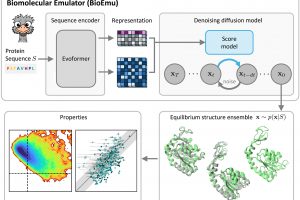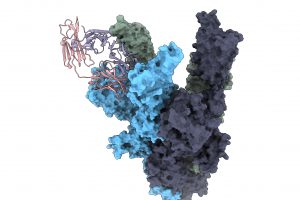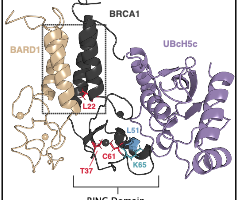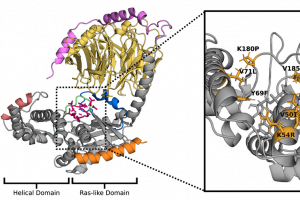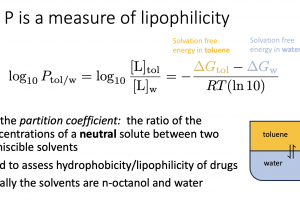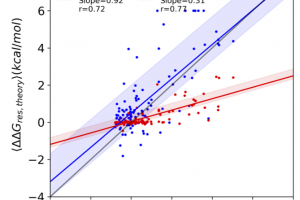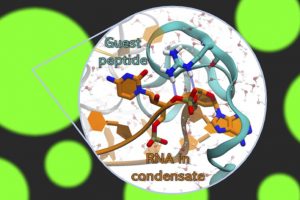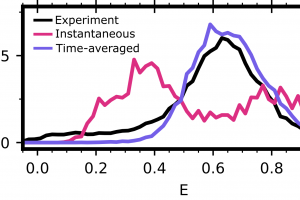Catching KRAS in the Act: Simulations Reveal New Paths for Targeted Protein Degradation
Mutations in the KRAS protein are among the most common drivers of human cancers, including lung, pancreatic, and colorectal tumors. Despite decades of effort, KRAS has been considered a particularly…
Read more

